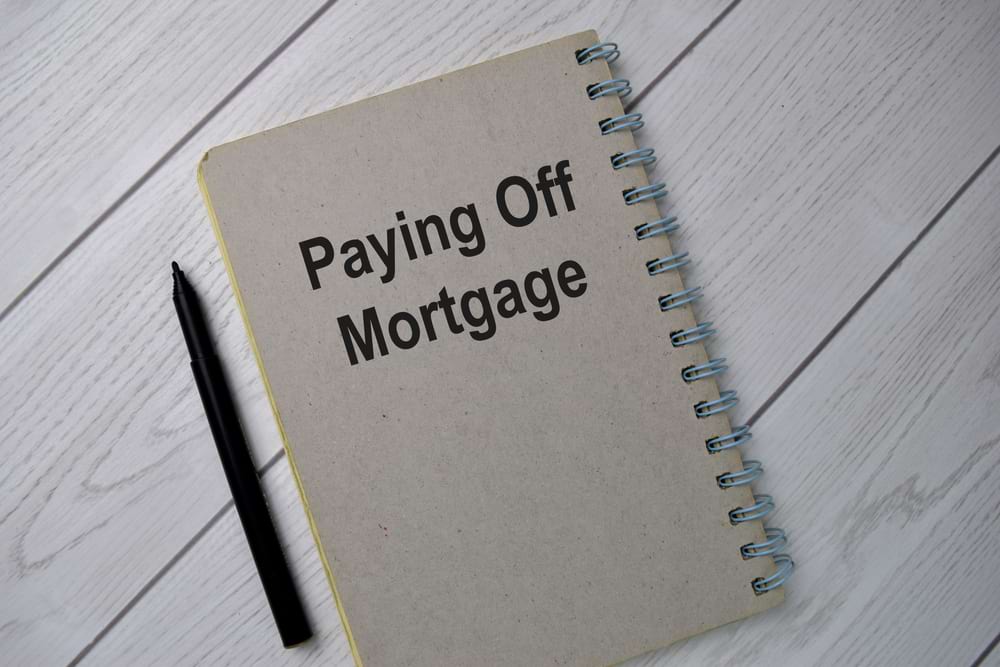Many properties come with strings attached.
Even if you own your property outright, you can’t do anything you want to it.
There are covenants, easements, and planning permission to consider.
This blog explores what positive covenants are, when they are used, how to create one, and more.
What is a positive covenant?
In property, a positive covenant is a type of covenant that legally binds current and future landowners to take a certain action(/s) on their property.
The other type of covenant is a restrictive covenant, which prohibits specific actions.
Homeowners place positive covenants on properties for a variety of reasons.
Most of these boil down to them wanting to preserve something about the property or its surroundings.
Positive covenants exist all over the UK, but there is no one set of publicly available information listing them.
When is a positive covenant used?
Maintenance or shared features
This includes boundary markers (walls, fences, or hedges), driveways, or other amenities used jointly by neighbouring properties.
A positive covenant requires contributions from all benefitting owners.
Conservation agreements
These require environmental preservation.
For example, protecting wildlife habitats or sensitive natural features on a property.
Governments or land trusts often use covenants for conservation aims.
Preserving heritage sites
Covenants can ensure a building retains its cultural heritage. This is common with listed buildings and period properties (some of which aren’t listed).
Maintaining the appearance of these properties helps contribute to neighbouring houses’ values.
Requiring amenities in new developments
Developers may want to guarantee the provision of features like green spaces.
Encouraging particular uses
Covenants may seek to maintain active farming or forestry on rural lands. Or require properties in only residential areas.
Beneficiaries can pursue legal action to compel compliance. This is if a landowner violates a positive covenant.
The Lands Tribunal can make rulings forcing compliance and awarding damages. Continued breaches could also lead to ‘contempt of court’ charges.
But, enforcement can be complex and costly.
Preventing issues through carefully crafted covenants and voluntary compliance is preferable. Clear covenants with reasonable obligations are easier to uphold.
How to create a positive covenant
1. Agreement between involved parties
All landowners benefitting from or burdened by the covenant must agree to its terms.
2. Writing the covenant
This should define the responsibilities and obligations under its terms. Registering it also makes it an official statutory agreement.
3. Registering the covenant
This registers it against property titles with the Land Registry to appear during conveyancing.
4. Notarising and witnessing
Signatures should be witnessed and notarised to verify identities and consent.
Do I need a solicitor to create a positive covenant?
This is not a legal requirement – but it is advisable. The language must be precise.
This is because it can affect property value.
A solicitor can help craft an enforceable covenant. They’ll ensure it is appropriately registered and attached to titles.
And they’ll advise all parties on the impact. This helps avoid potential issues or disputes down the line.
Consider consulting two different solicitors. This allows both sides to get tailored advice before entering into the agreement.




















